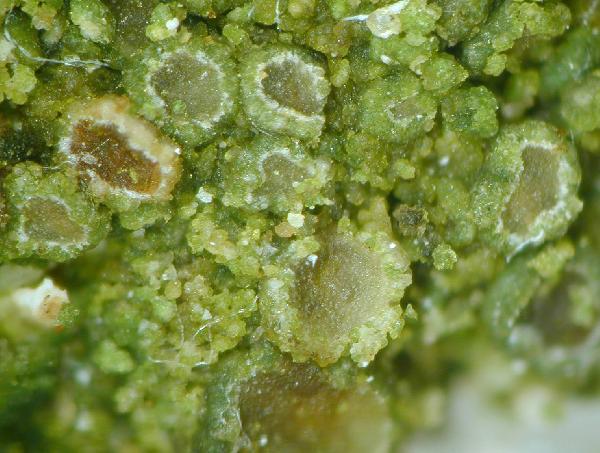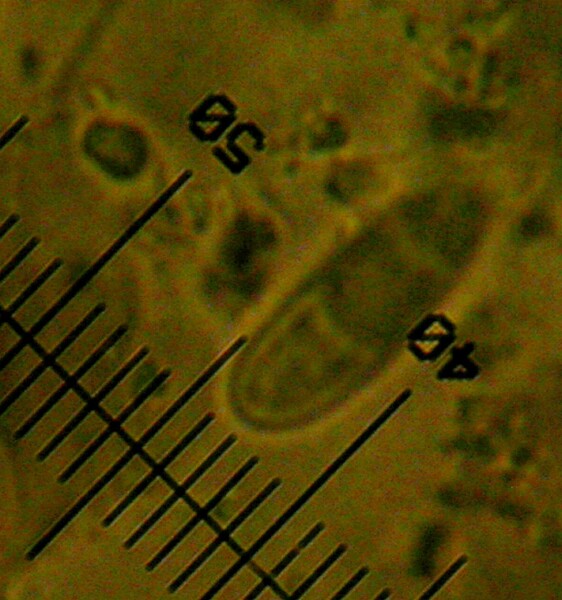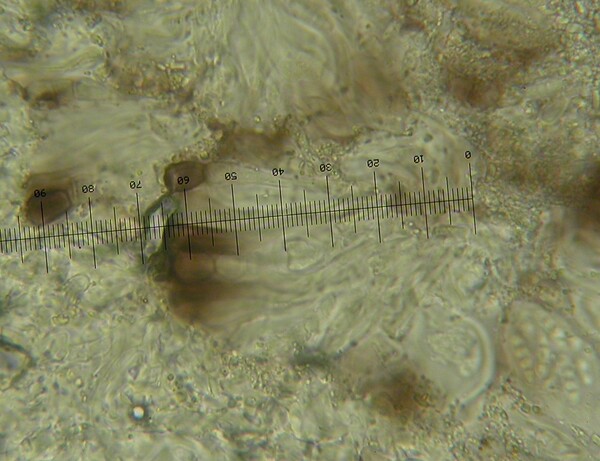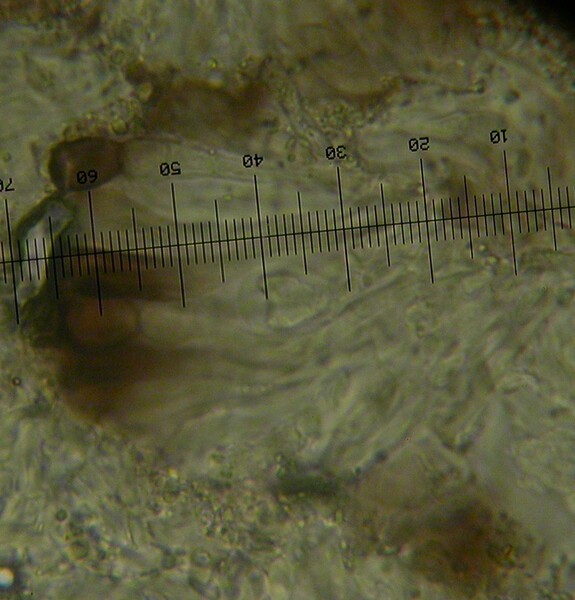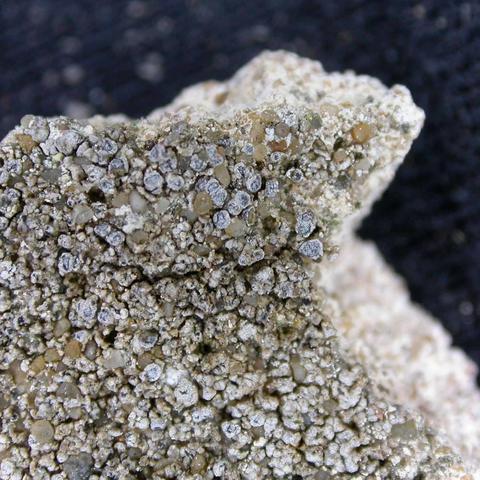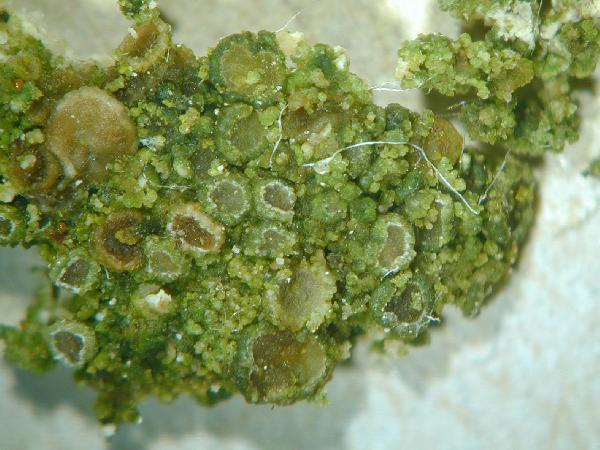Lecania suavis (Müll. Arg.) Mig.
Krypt. Fl. Deutsch., Österr. u. Schweiz, 11: 331, 1926. Basionym: Callopisma suave Müll. Arg. - Flora, 55: 472, 1872.
Synonyms: Lecania tavaresiana Clauzade & Vězda
Distribution: N - TAA (Etayo & van den Boom 1995), Lomb (Valcuvia 2002, 2002b), Piem, Lig (Valcuvia & al. 2000). C - Sar.
Description: Thallus crustose, episubstratic, rimose to areolate, yellowish white, reddish brown or dark brown in very exposed sites, the areoles of different sizes on the same thallus, usually convex, sometimes subsquamulose. Apothecia lecanorine, 0.5-1.2 mm across, with a flat to finally convex, orange-brown to brown-black, sometimes grey-pruinose disc, a more or less concolorous, at first rather thick, finally sometimes excluded thalline margin and often a darker pigmented parathecial ring visible between disc and thalline margin. Thalline exciple corticate, the cortex paraplectenchymatous, of isodiametrical cells, best developed in basal parts; proper exciple of dark-pigmented, elongated hyphae; epithecium orange brown to dark brown, the pigment extending into the upper parts of hymenium, with a thin epipsamma; hymenium colourless or brownish, 45-65 μm high; paraphyses strongly capitate, the apical cells 8-10 μm wide; hypothecium colourless. Asci 8-spored, narrowly clavate, with a K/I+ blue tholus and a central non-amyloid area, Bacidia-type. Ascospores 3-septate, hyaline, ellipsoid, (13-)16-20(-22) x (3-)4-4.5 μm, without a gelatinous perispore. Photobiont chlorococcoid. Spot tests: K-, C-, KC-, P-, UV-. Chemistry: without lichen substances.Note: on steeply inclined to rain-sheltered surfaces of calcareous rocks, often near small cracks, but also on walls of mortar, usually below the montane belt; much overlooked and confused with other species in Italy, and probably more common.
Growth form: Crustose
Substrata: rocks
Photobiont: green algae other than Trentepohlia
Reproductive strategy: mainly sexual
In underhangs rarely wetted by rain
Commonnes-rarity: (info)
Alpine belt: absent
Subalpine belt: extremely rare
Oromediterranean belt: very rare
Montane belt: very rare
Submediterranean belt: very rare
Padanian area: absent
Humid submediterranean belt: very rare
Humid mediterranean belt: extremely rare
Dry mediterranean belt: absent
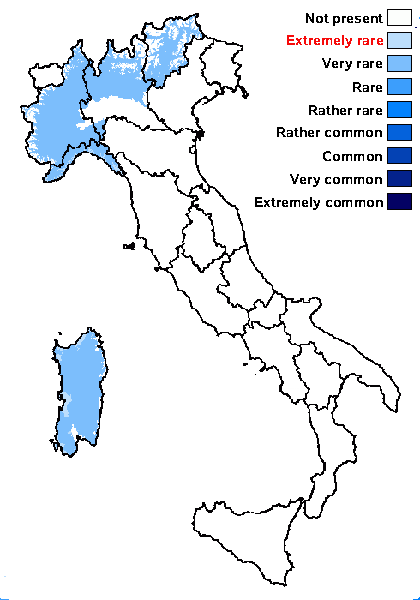
Predictive model
Herbarium samples
Growth form: Crustose
Substrata: rocks
Photobiont: green algae other than Trentepohlia
Reproductive strategy: mainly sexual
In underhangs rarely wetted by rain
Commonnes-rarity: (info)
Alpine belt: absent
Subalpine belt: extremely rare
Oromediterranean belt: very rare
Montane belt: very rare
Submediterranean belt: very rare
Padanian area: absent
Humid submediterranean belt: very rare
Humid mediterranean belt: extremely rare
Dry mediterranean belt: absent

Predictive model
| Herbarium samples |
 INDEX FUNGORUM
INDEX FUNGORUM
 GBIF
GBIF
 DOLICHENS
DOLICHENS
